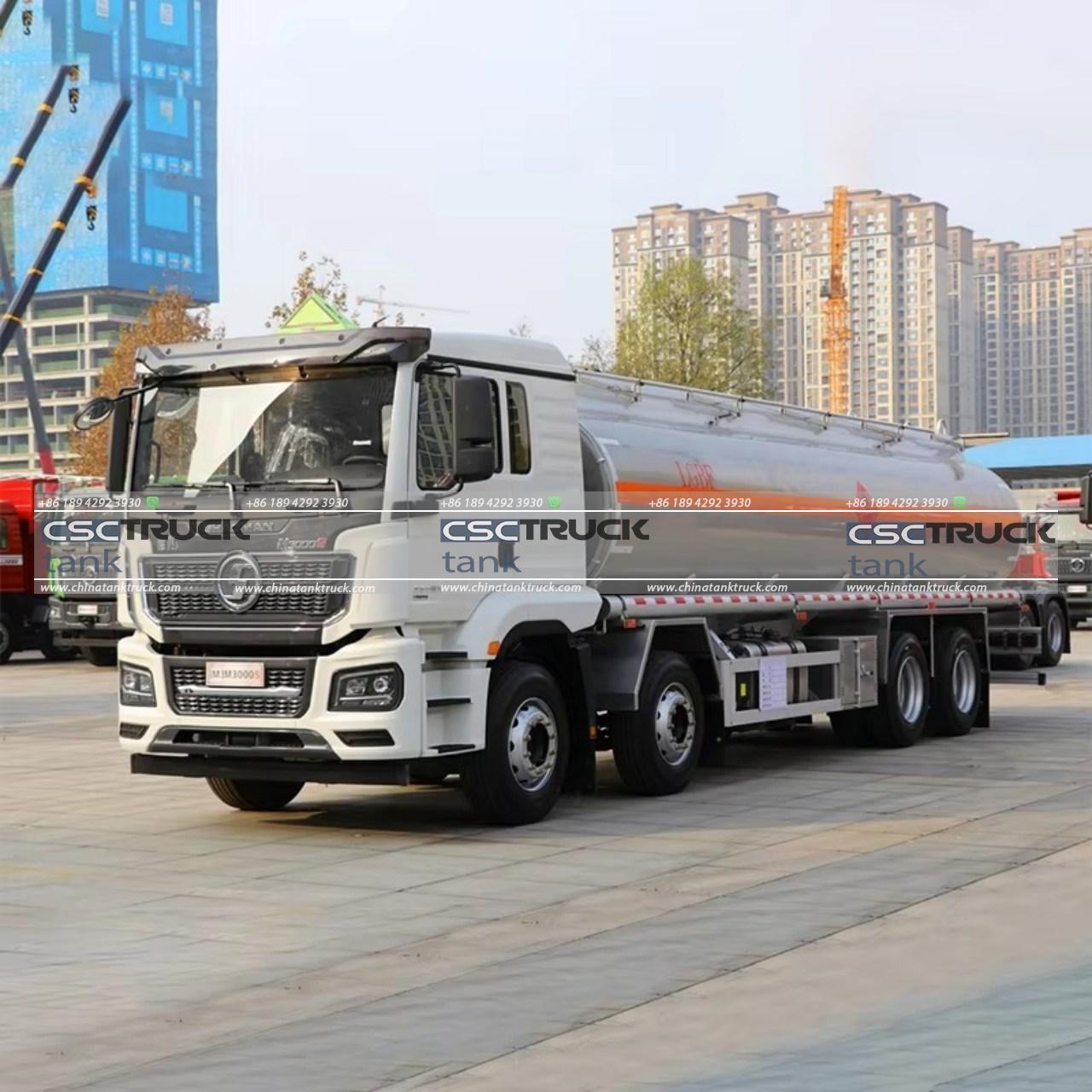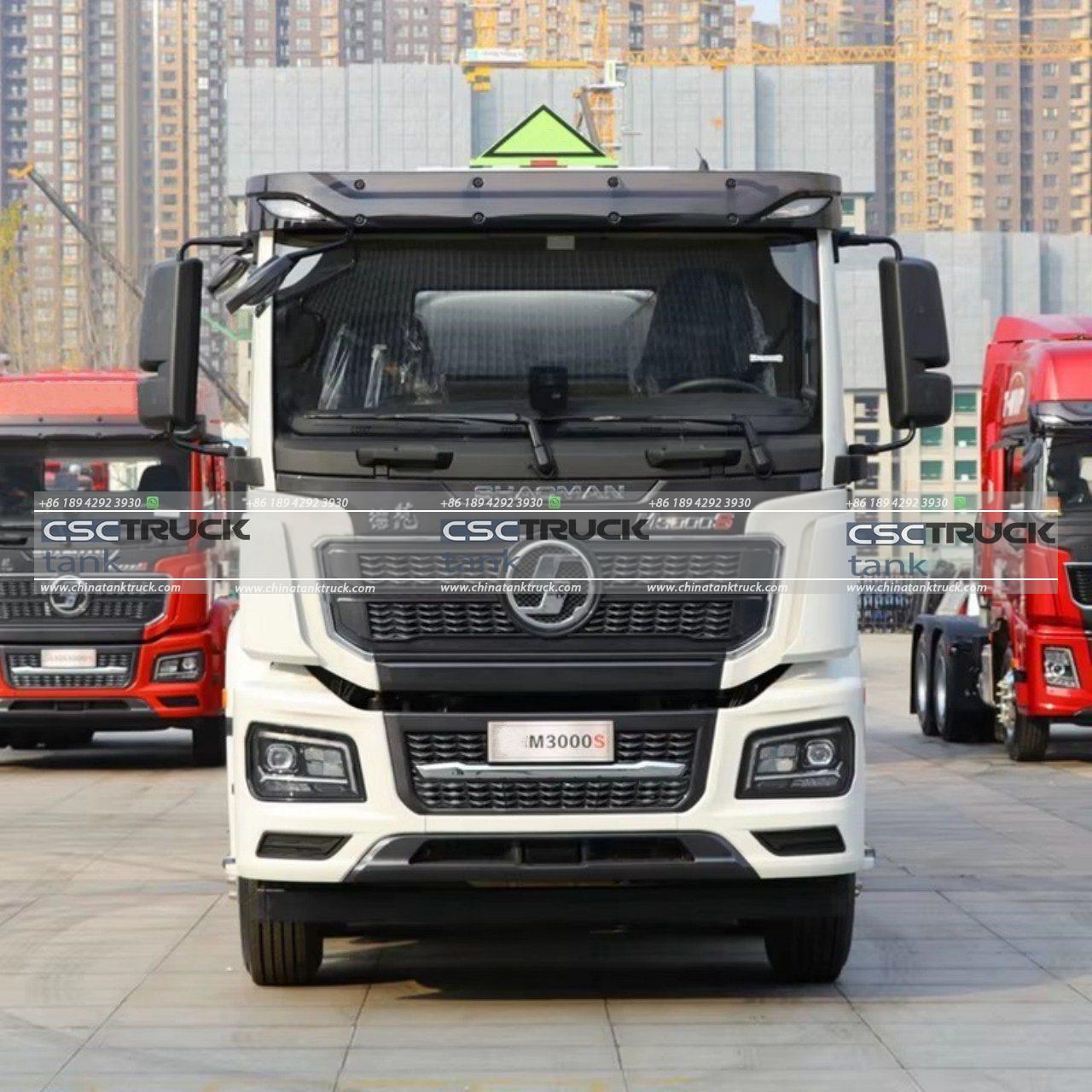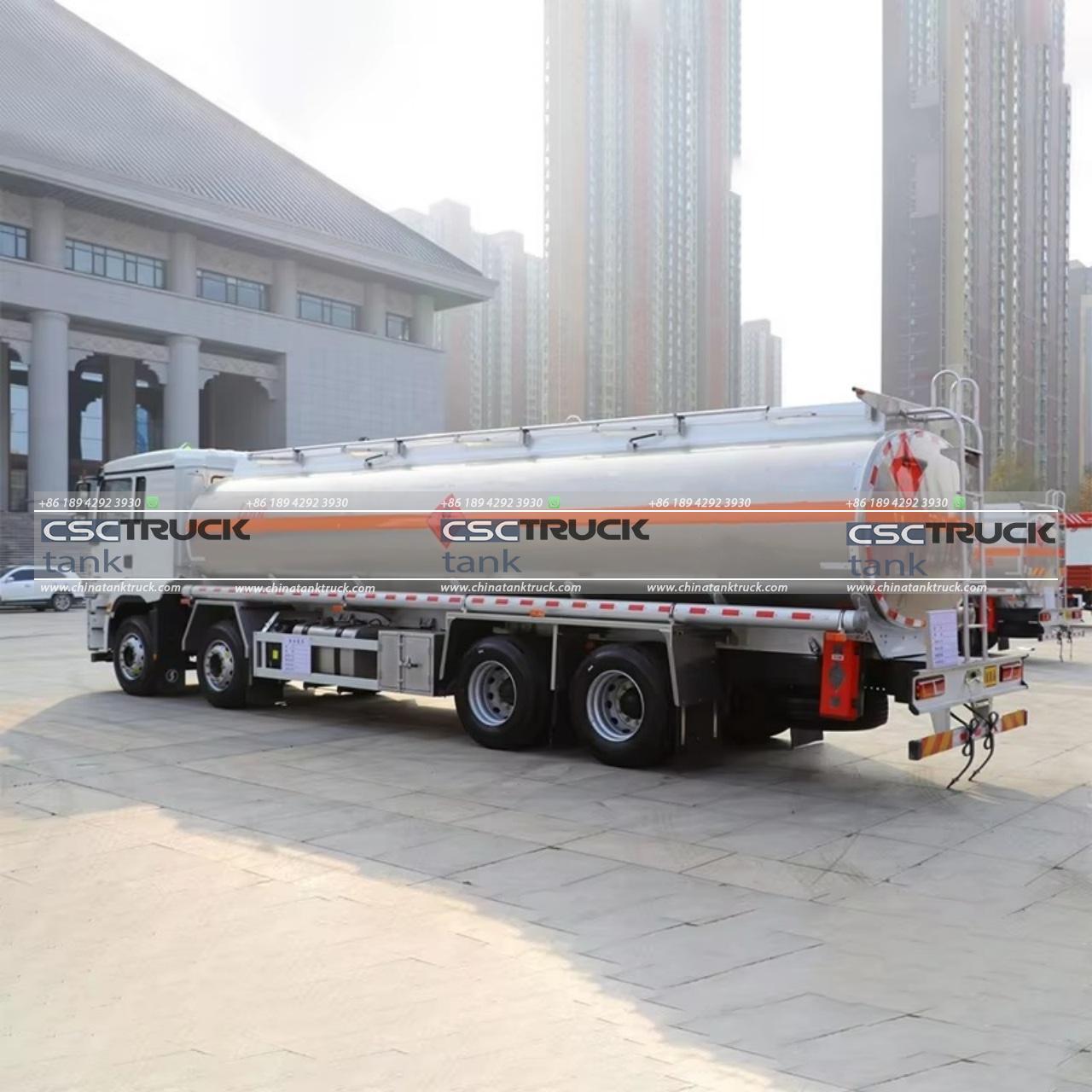How Big is a Truck Fuel Tank?
In the world of trucking, fuel tanks are a critical component that significantly impacts operational efficiency, range, and overall performance. The size of a truck’s fuel tank can vary based on several factors, including the type of truck, its intended use, and the manufacturer’s specifications. Understanding the dimensions of truck fuel tanks is essential for both truck drivers and fleet managers, as it influences route planning, refueling logistics, and cost management.
Types of Trucks and Fuel Tank Sizes
Truck fuel tank sizes can be broadly categorized based on the type of truck in question. Here’s a closer look at the different types of trucks and their typical fuel tank capacities:
1. Light-Duty Trucks:
Light-duty trucks, which include models like the Ford F-150 or Chevrolet Silverado, are primarily used for personal transportation or light commercial purposes. These trucks usually have fuel tanks with capacities ranging from 20 to 36 gallons. For instance, the 2023 Ford F-150 comes with a standard 23-gallon tank, while an extended option might offer a 36-gallon capacity. These smaller tanks are sufficient for daily commuting and light hauling, providing a reasonable range for most users.
2. Medium-Duty Trucks:
Medium-duty trucks, such as the Freightliner M2 or the Isuzu N-Series, are designed for more demanding tasks. They typically feature fuel tanks that hold between 50 to 100 gallons. These trucks often serve roles in regional delivery and construction, where longer distances between refueling stations are common. For example, a Freightliner M2 might come with a 60-gallon tank, which helps accommodate the extended driving hours required for such tasks.
3. Heavy-Duty Trucks:
Heavy-duty trucks, including models like the Kenworth W990 or the Peterbilt 579, are built for long-haul trucking and rigorous demands. The fuel tanks on these trucks are considerably larger, usually ranging from 100 to 150 gallons, and sometimes even exceeding 200 gallons in specialized configurations. The large tank capacity is necessary to support long-haul journeys across vast distances without the need for frequent refueling stops. For instance, a Kenworth W990 can be equipped with dual 150-gallon tanks, allowing for an impressive range that can exceed 1,000 miles between refuels.

Factors Influencing Fuel Tank Size
Several factors influence the size of a truck’s fuel tank:
1. Purpose and Usage:
The primary factor affecting fuel tank size is the truck’s intended use. Long-haul trucks require larger tanks to maximize their range and minimize downtime at refueling stations. In contrast, local delivery trucks or those used for shorter distances can operate efficiently with smaller tanks.
2. Truck Design and Configuration:
The design of the truck plays a significant role in determining fuel tank size. For example, sleeper cabs in long-haul trucks often allow for the installation of larger tanks, as there is additional space available. Conversely, trucks designed for urban environments may have more compact configurations, which can limit the size of the fuel tanks.
3. Regulations and Standards:
Regulatory requirements and industry standards can also impact fuel tank sizes. In some regions, there are specific regulations regarding fuel tank capacity, emissions, and safety standards that can influence the design and size of the fuel tanks.
4. Manufacturer Preferences:
Different manufacturers offer varying fuel tank sizes based on their design philosophies and market demands. Customization options may be available, allowing truck owners to choose tank sizes that best fit their operational needs.
Calculating Truck Range and Efficiency
Understanding the size of a truck’s fuel tank is crucial for calculating its range and fuel efficiency. To estimate the range, you can use the following formula:
\[ \text{Range} = \frac{\text{Fuel Tank Capacity (in gallons)} \times \text{Fuel Efficiency (in miles per gallon)}}{1} \]
For example, a truck with a 100-gallon tank and a fuel efficiency of 6 miles per gallon would have an estimated range of:
\[ \text{Range} = \frac{100 \times 6}{1} = 600 \text{ miles} \]
This calculation provides a rough estimate of how far the truck can travel on a full tank of fuel. Actual range can vary based on factors such as driving conditions, load weight, and driving habits.

Impact on Operations and Logistics
Fuel tank size has a direct impact on trucking operations and logistics:
1. Operational Efficiency:
Larger fuel tanks reduce the frequency of refueling stops, which can lead to increased operational efficiency and lower downtime. This is particularly beneficial for long-haul trucking, where time spent refueling can impact delivery schedules.
2. Cost Management:
Larger tanks allow for more fuel to be purchased at once, potentially taking advantage of bulk pricing or avoiding higher fuel prices at certain locations. However, larger tanks also mean increased weight, which can affect fuel efficiency and operational costs.
3. Route Planning:
Knowledge of fuel tank capacity helps in route planning, ensuring that trucks can complete their journeys without running out of fuel. Fleet managers often use this information to optimize routes and refueling schedules.
4. Environmental Considerations:
Larger tanks can also have environmental implications. While they reduce the frequency of refueling stops, which can decrease emissions from idling, they also contribute to higher overall fuel consumption. Balancing tank size with fuel efficiency is key to minimizing environmental impact.

Conclusion
The size of a truck’s fuel tank is a critical consideration that varies based on truck type, intended use, and operational needs. From light-duty trucks with capacities around 20 to 36 gallons to heavy-duty trucks with tanks exceeding 200 gallons, each size serves a specific purpose and impacts operational efficiency. Understanding these sizes helps in managing fuel consumption, planning routes, and ensuring smooth operations. Whether you’re a truck driver or a fleet manager, being aware of fuel tank capacities and their implications can lead to more effective and efficient trucking operations.

